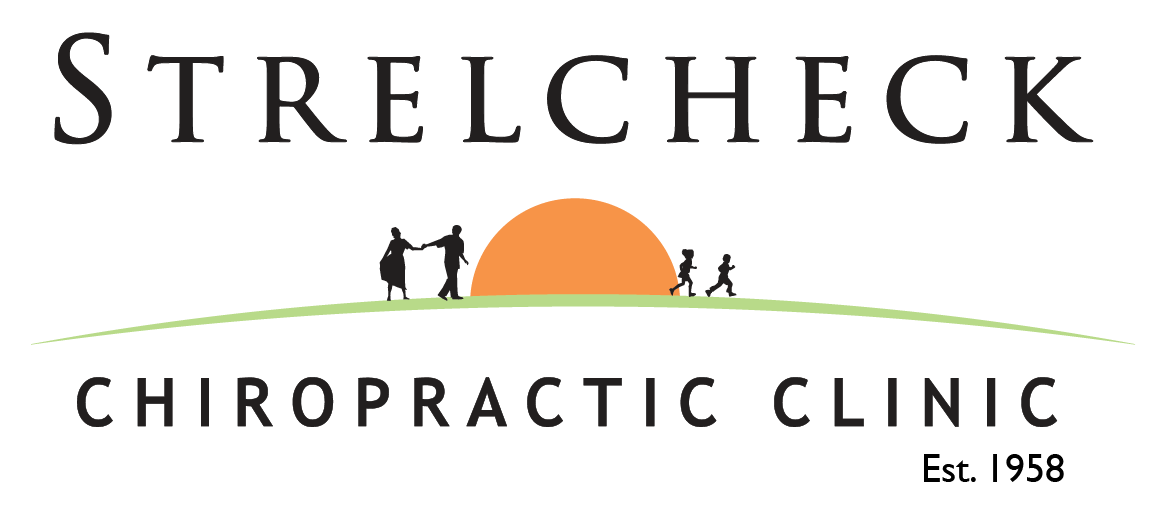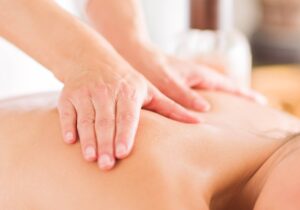
Posture, Applying Good Stress
Posture Posture ranks right up at the top of the list when you are talking about good health. it is as important as eating right, exercising, getting proper rest and avoiding potentially harmful substances like alcohol, drugs, and tobacco. Good posture is a way of doing things with more energy, less stress and fatigue. Without good posture you cannot really be physically fit. Without good posture, you can actually damage your spine every time you exercise. To illustrate this, think about carrying a briefcase. If you had to carry a briefcase with your arms outstretched in front of you, it would not take long before the muscles of your shoulders would be completely exhausted. This is because carrying the briefcase far away from your center of balance places undue stress on your shoulder muscles. If you held the same briefcase down at your side, your muscles would not fatigue as quickly, because the briefcase is closer to your center of balance and therefore the weight is supported by the bones of the skeleton, rather than the muscles. Correcting bad posture and the physical problems that result can be accomplished in two ways. The first is by eliminating as much “bad” stress from your body as possible. Bad stress includes all the factors, habits, or stressors that cause your body to deviate from your structural center. Bad stress can result from a poorly adjusted chair at school. An improperly adjusted backpack, or even from carrying too much weight around in a heavy backpack. The second is by applying “good” stress on the body in an effort to move your posture back toward your center of balance. This is accomplished through a series of exercises, stretches, adjustments, and changes to your physical environment, all designed to help correct your posture. Getting your body back to its center of balance by improving your posture is critically important to improving how you feel.







